2014 McLaren P1 Coupé Chassis no. SBM12ABB5EW000056 •Petrol/electric hybrid hypercar •One of only 375 built •973 kilometres from new •320km/h-plus performance Fußnoten Nowadays, in these increasingly environmentally-conscious times, even supercar manufacturers are expected to make at least a cursory nod in the direction of better fuel economy and reduced emissions; hence the arrival of 'hybrid' technology in this previously exclusively fossil-fuels-only sector of the market. This has had the effect of endowing the modern supercar with some green credentials, while at the same time bringing with it a welcome performance boost in the shape of an additional (electric) motor. McLaren's first offering in this expanding category was the P1, a limited-edition plug-in hybrid coupé that was first shown to the public in 2012 at the Paris Motor Show. Like its conventionally-powered 12C predecessor, the mid-engined P1 used a carbon-fibre combined body tub and roof structure - 'MonoCage' in factory parlance - while retaining the marque's signature dihedral doors that had been a featured of its first road-going supercar: the F1. A development of the 12C's, the P1's hydro-pneumatic suspension achieved even greater control of the car's roll and ride height. Weight saving had been a major consideration in developing the P1, so there was little in the predominantly carbon fibre cabin that need not have been there. According to Autocar magazine, the seats "proved particularly comfortable for our testers, all of whom could find an excellent driving position. Customers can choose their preferred seat height at the factory, and the steering wheel (only ever fitted to the left of the cabin) is widely adjustable – manually, of course, like the seat runner, to reduce weight." BMW and Mercedes-Benz respectively had supplied engines for the F1 and SLR, but for the 12C, McLaren decided to develop its own. The rights to an Indy Car V8 racing engine were acquired from Tom Walkinshaw Racing, and with assistance of Ricardo this was transformed into a 3.8-litre twin-turbocharged unit suitable for a road car. Manufactured by Ricardo at its Shoreham-by-Sea factory, it was a modified and strengthened development of this M838T engine that was used for the P1, delivering its maximum power output of 727bhp and 531lb/ft of torque via a seven-speed dual-clutch automatic gearbox. Add to that the 176bhp and 192lb/ft of the in-house-developed electric motor, and the P1 had no less than 903bhp and a whopping 723lb/ft of torque at its disposal. "Maintaining good driveability, given this level of specific output (and this engine... is remarkably docile), is one of McLaren's greatest achievements with this car," declared Autocar. A high-density lithium-ion battery pack powered the electric motor, which could be left to deploy automatically or selected by the driver, who thus had the options of using the petrol engine on its own, the electric motor on its own, or the two in combination. The battery could be charged by the engine or from the mains, with full charge achieved in two hours. As one would expect from a manufacturer that has been a mainstay of Formula 1 for the last 50 years, McLaren endowed the P1 with a number of competition-derived high technologies in the form of IPAS (Instant Power Assist System), DRS (Drag Reduction System), and KERS (Kinetic Energy Recovery System). Tested by Autocar, the P1 accelerated to 60mph in 2.8 seconds on its way to a top speed (electronically limited) of 217mph (350km/h), with the standing mile dismissed in 18.2 seconds. Power reached the ground via bespoke Pirelli P-Zero Corsa tyres, while the carbon-ceramic brakes were claimed to stop the P1 from 186mph (300km/h) in an eyeball-popping 6.6 seconds. And if you wanted anything quicker, only the Bugatti Veyron Super Sport (30 cars built) could deliver. McLaren unveiled the production version of the P1 at the 2013 Geneva Motor Show, announcing that only 375 of these exclusive hypercars
2014 McLaren P1 Coupé Chassis no. SBM12ABB5EW000056 •Petrol/electric hybrid hypercar •One of only 375 built •973 kilometres from new •320km/h-plus performance Fußnoten Nowadays, in these increasingly environmentally-conscious times, even supercar manufacturers are expected to make at least a cursory nod in the direction of better fuel economy and reduced emissions; hence the arrival of 'hybrid' technology in this previously exclusively fossil-fuels-only sector of the market. This has had the effect of endowing the modern supercar with some green credentials, while at the same time bringing with it a welcome performance boost in the shape of an additional (electric) motor. McLaren's first offering in this expanding category was the P1, a limited-edition plug-in hybrid coupé that was first shown to the public in 2012 at the Paris Motor Show. Like its conventionally-powered 12C predecessor, the mid-engined P1 used a carbon-fibre combined body tub and roof structure - 'MonoCage' in factory parlance - while retaining the marque's signature dihedral doors that had been a featured of its first road-going supercar: the F1. A development of the 12C's, the P1's hydro-pneumatic suspension achieved even greater control of the car's roll and ride height. Weight saving had been a major consideration in developing the P1, so there was little in the predominantly carbon fibre cabin that need not have been there. According to Autocar magazine, the seats "proved particularly comfortable for our testers, all of whom could find an excellent driving position. Customers can choose their preferred seat height at the factory, and the steering wheel (only ever fitted to the left of the cabin) is widely adjustable – manually, of course, like the seat runner, to reduce weight." BMW and Mercedes-Benz respectively had supplied engines for the F1 and SLR, but for the 12C, McLaren decided to develop its own. The rights to an Indy Car V8 racing engine were acquired from Tom Walkinshaw Racing, and with assistance of Ricardo this was transformed into a 3.8-litre twin-turbocharged unit suitable for a road car. Manufactured by Ricardo at its Shoreham-by-Sea factory, it was a modified and strengthened development of this M838T engine that was used for the P1, delivering its maximum power output of 727bhp and 531lb/ft of torque via a seven-speed dual-clutch automatic gearbox. Add to that the 176bhp and 192lb/ft of the in-house-developed electric motor, and the P1 had no less than 903bhp and a whopping 723lb/ft of torque at its disposal. "Maintaining good driveability, given this level of specific output (and this engine... is remarkably docile), is one of McLaren's greatest achievements with this car," declared Autocar. A high-density lithium-ion battery pack powered the electric motor, which could be left to deploy automatically or selected by the driver, who thus had the options of using the petrol engine on its own, the electric motor on its own, or the two in combination. The battery could be charged by the engine or from the mains, with full charge achieved in two hours. As one would expect from a manufacturer that has been a mainstay of Formula 1 for the last 50 years, McLaren endowed the P1 with a number of competition-derived high technologies in the form of IPAS (Instant Power Assist System), DRS (Drag Reduction System), and KERS (Kinetic Energy Recovery System). Tested by Autocar, the P1 accelerated to 60mph in 2.8 seconds on its way to a top speed (electronically limited) of 217mph (350km/h), with the standing mile dismissed in 18.2 seconds. Power reached the ground via bespoke Pirelli P-Zero Corsa tyres, while the carbon-ceramic brakes were claimed to stop the P1 from 186mph (300km/h) in an eyeball-popping 6.6 seconds. And if you wanted anything quicker, only the Bugatti Veyron Super Sport (30 cars built) could deliver. McLaren unveiled the production version of the P1 at the 2013 Geneva Motor Show, announcing that only 375 of these exclusive hypercars
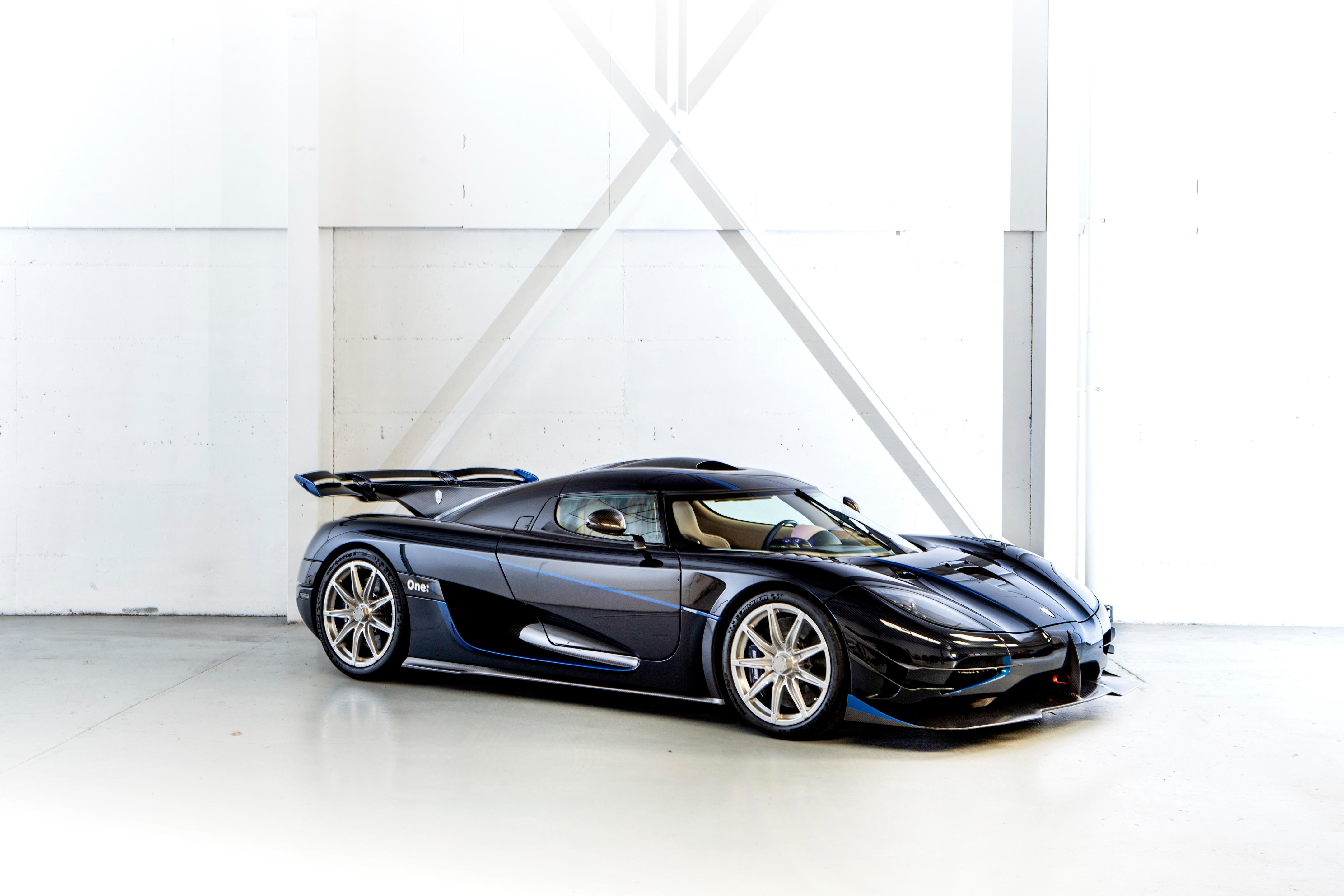
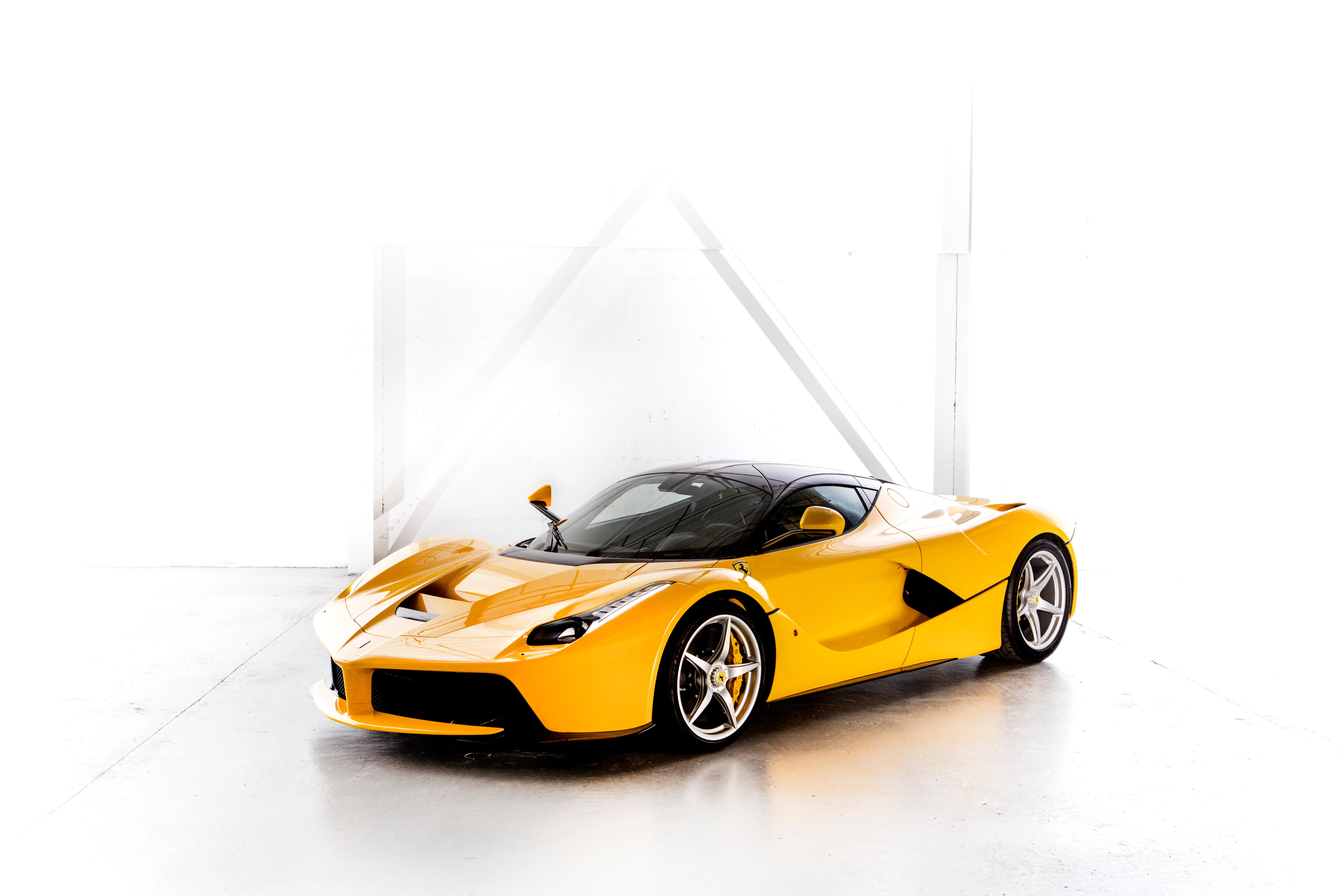
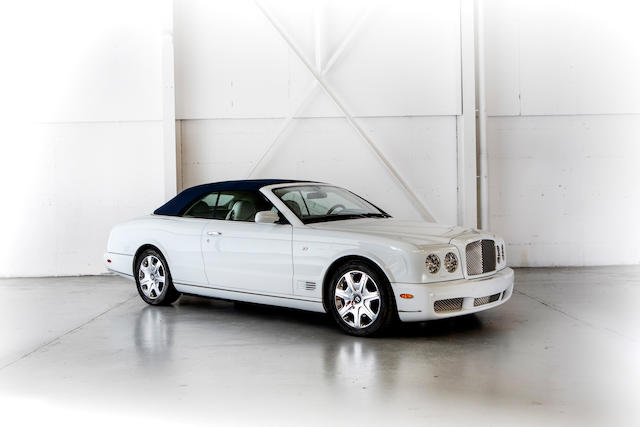
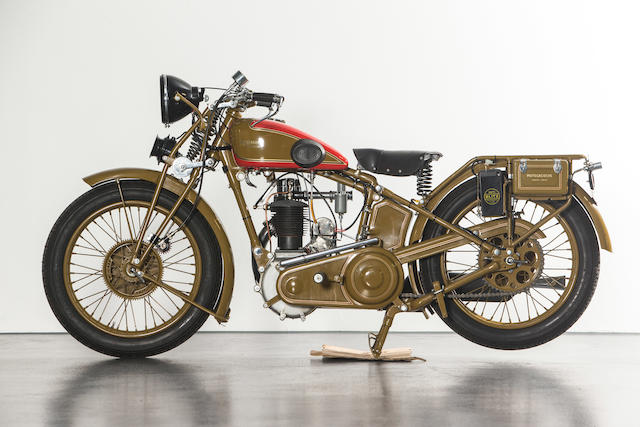
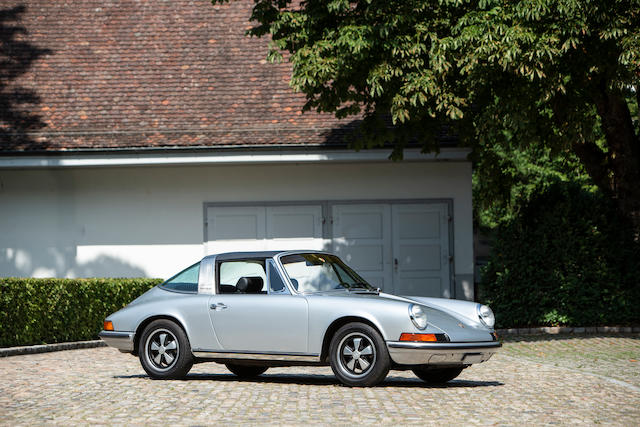
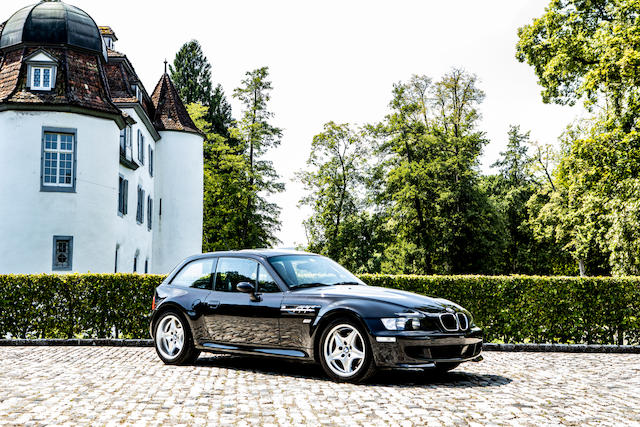
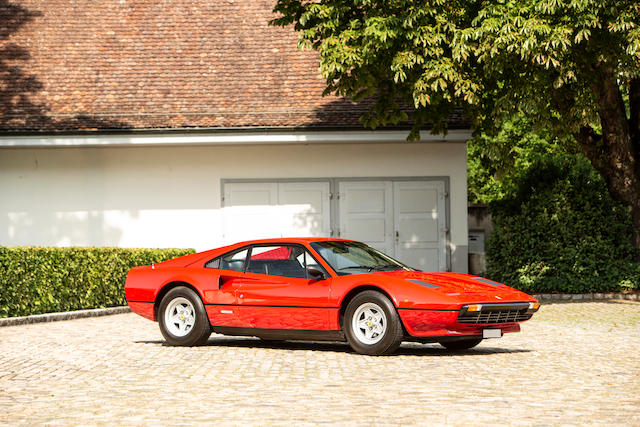
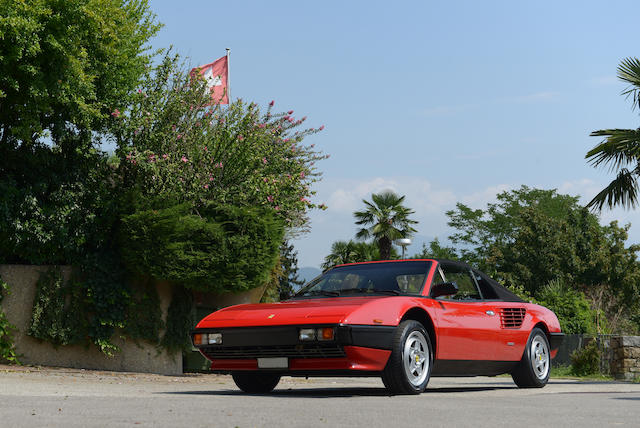
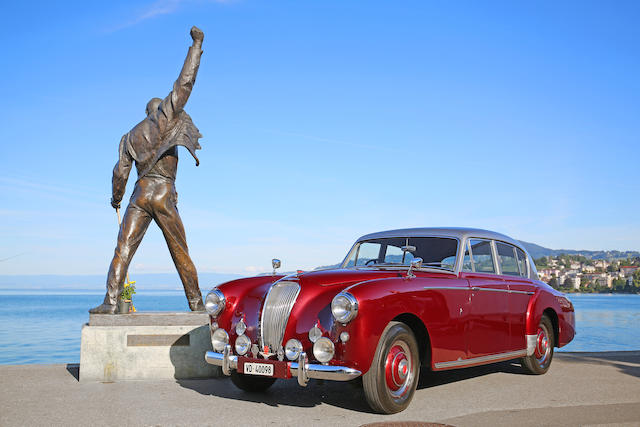
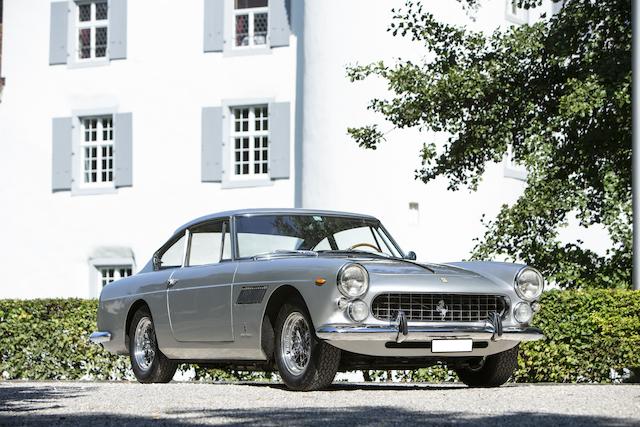
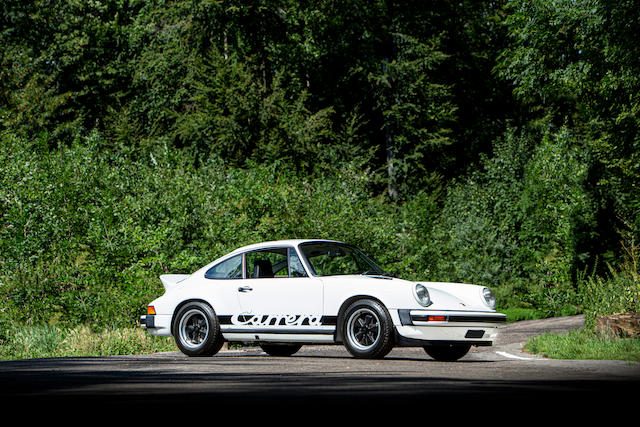
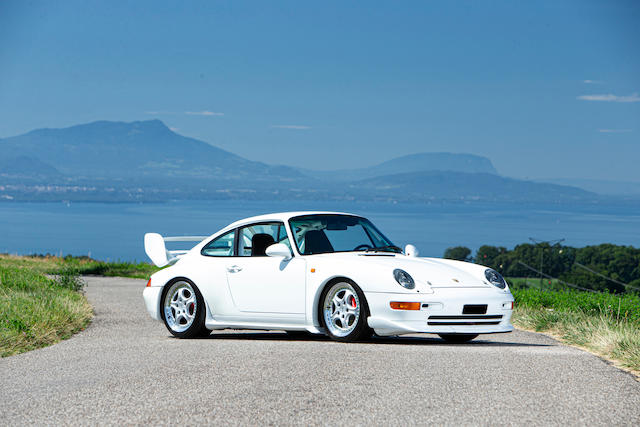
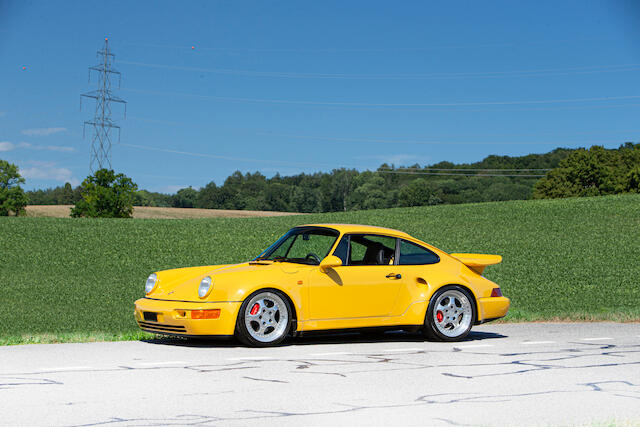

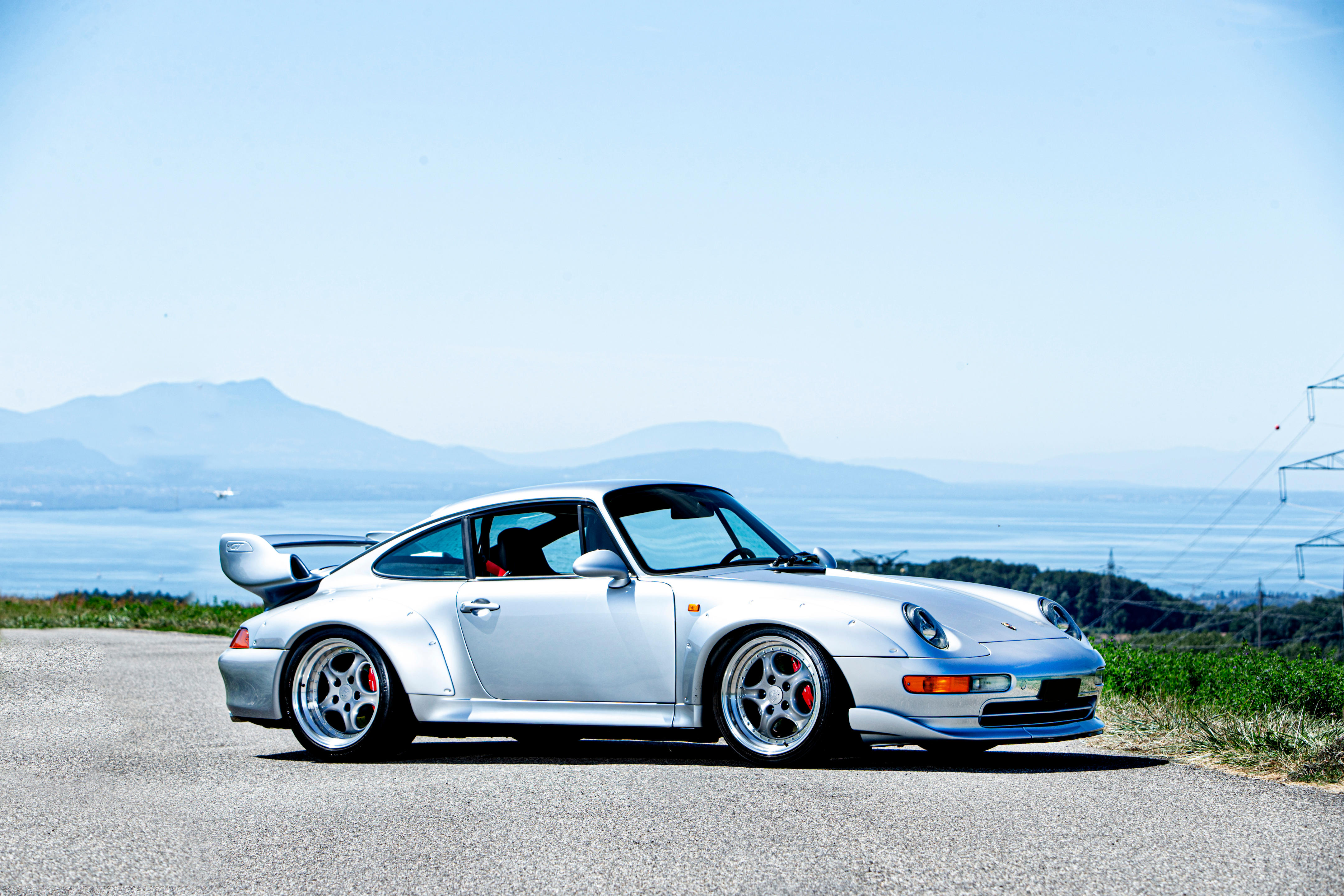
Try LotSearch and its premium features for 7 days - without any costs!
Be notified automatically about new items in upcoming auctions.
Create an alert